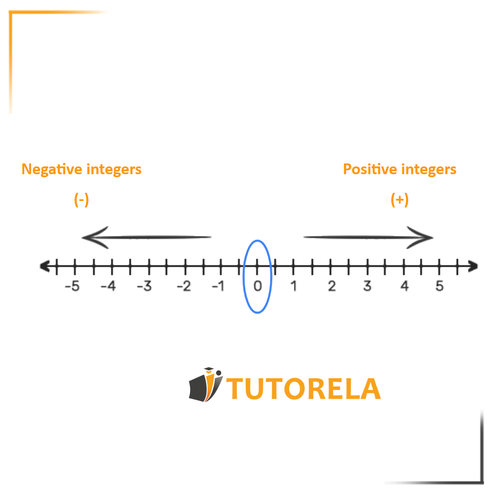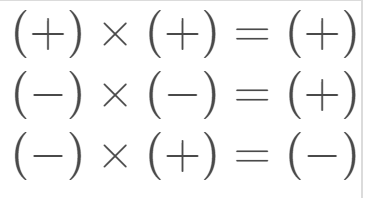We learned in the previous article about the number line AND we also talked about positive and negative numbers. In this article we move on and call them integers.
Signed Numbers Practice Problems: Positive & Negative Integers
Master signed numbers with step-by-step practice problems. Learn to compare, order, and perform operations with positive and negative integers effectively.
- Compare positive and negative integers using inequality symbols correctly
- Order signed numbers from least to greatest on the number line
- Add and subtract positive and negative integers with confidence
- Apply integer rules to solve real-world problems involving temperatures and elevations
- Identify which numbers are integers versus decimals and fractions
- Determine true or false statements about signed number properties
Understanding Signed Numbers (Positive and Negative)
What are integers?
The term "integer" refers to any number to the left of which there is a plus sign (+) or minus sign (-).
- The plus sign ( ) indicates that the number is positive (greater than zero). The minus sign (-) means that the number is negative (less than zero).
- When a number appears without one of these two signs, it means that the number is positive.
- Exception: The number . Zero is the only number that is neither positive nor negative. It is possible to write "" or "", but in this case the signs will have no meaning.

Practice Signed Numbers (Positive and Negative)
Fill in the missing number:
\( (-6)\cdot?=-12 \)
Examples with solutions for Signed Numbers (Positive and Negative)
What will be the sign of the result of the next exercise?
To determine the sign of the expression , we follow these logical steps:
- Step 1: Identify the signs of the numbers involved. Both numbers and are negative.
- Step 2: Apply the rule for multiplication of signed numbers: The product of two numbers with the same sign (both negative) is always positive.
Therefore, the sign of the result for the expression is Positive.
Answer:
Positive
What will be the sign of the result of the next exercise?
It's important to remember: when we multiply a negative by a negative, the result is positive!
You can use this guide:

Answer:
Positive
What will be the sign of the result of the next exercise?
Let's remember the rule:
Therefore, the sign of the exercise result will be positive:
Answer:
Positive
What will be the sign of the result of the next exercise?
Let's recall the law:
Therefore, the sign of the exercise result will be positive:
Answer:
Positive
Determine the resulting sign of the following exercise:
When there is no minus or plus sign before the numbers, we usually assume that these are positive numbers as shown below:
(+1/4)*(+1/2)=
The dot in the middle represents multiplication:
So the question in other words is - what happens when we multiply two positive numbers together?
We know that two positive integers when multiplied result in a positive integer:
Therefore the answer is "positive".
Answer:
Positive